King gates STARG8 24 Product manual
Other King gates Garage Door Opener manuals
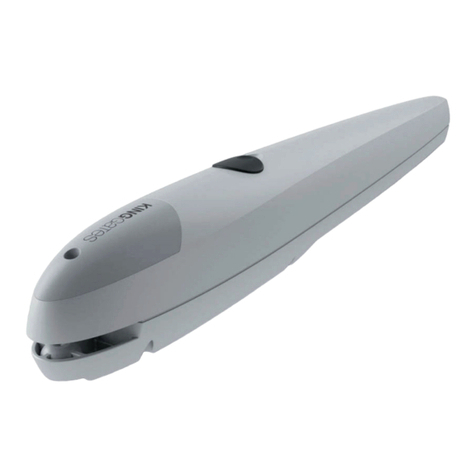
King gates
King gates Couper 24 User manual
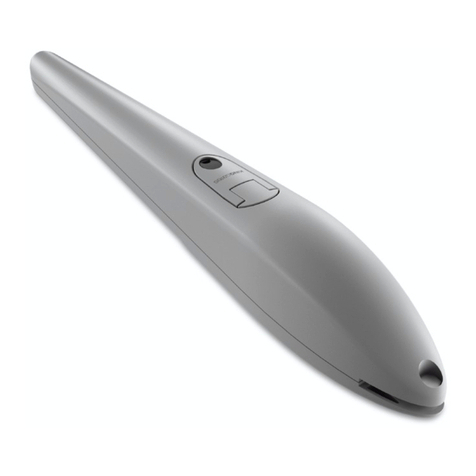
King gates
King gates Jet Series User manual

King gates
King gates VIKY30 User manual
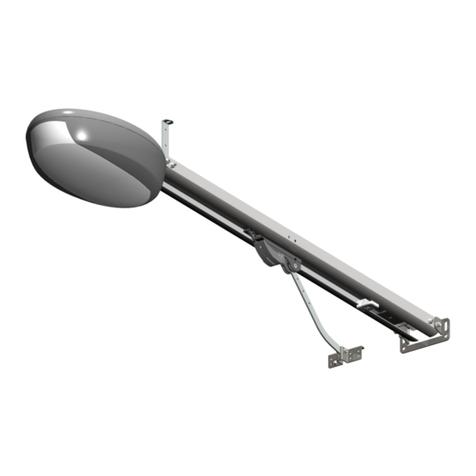
King gates
King gates ISTBJV01 User manual
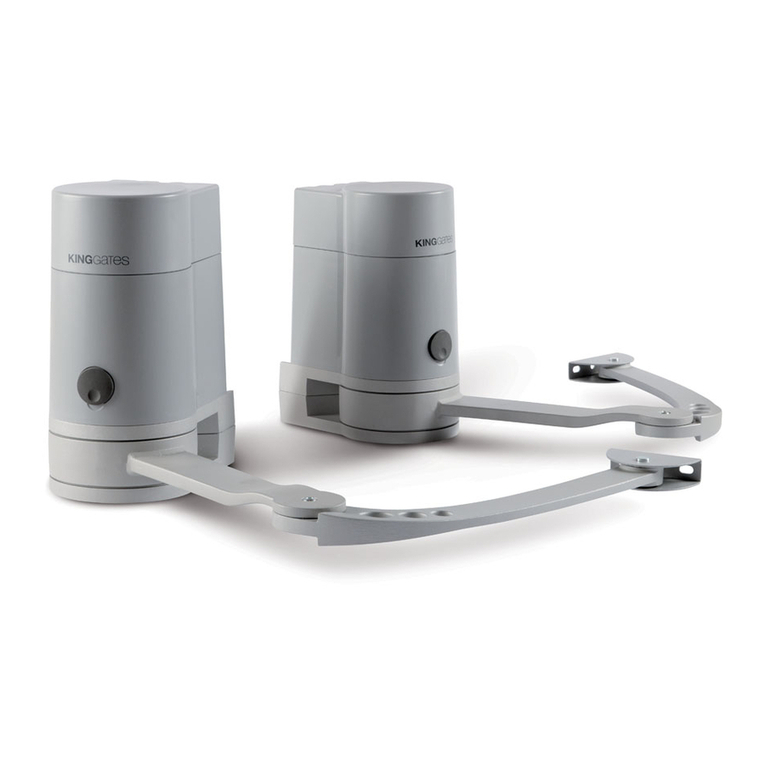
King gates
King gates MINIMODUS Product manual
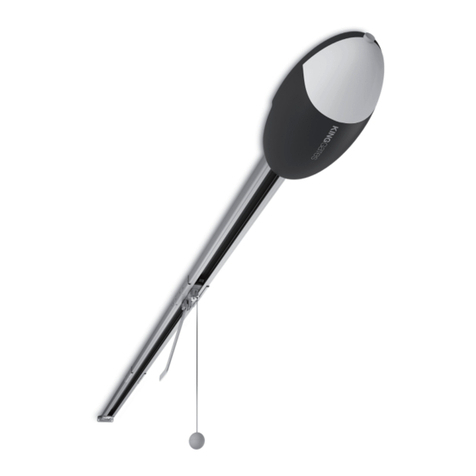
King gates
King gates ELEVO Technical specifications

King gates
King gates Modus 280 User manual
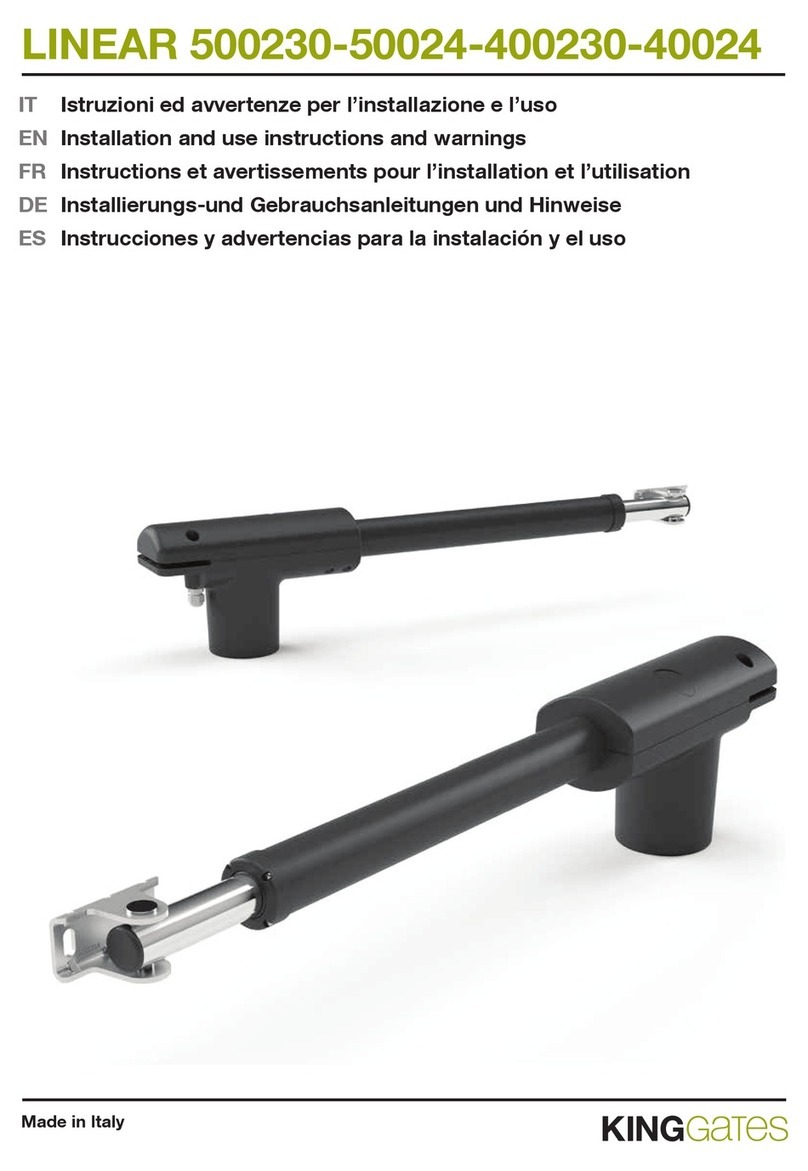
King gates
King gates LINEAR 500230 Product manual

King gates
King gates OVO550 Technical specifications

King gates
King gates STARG8 24 User manual

King gates
King gates jet User manual
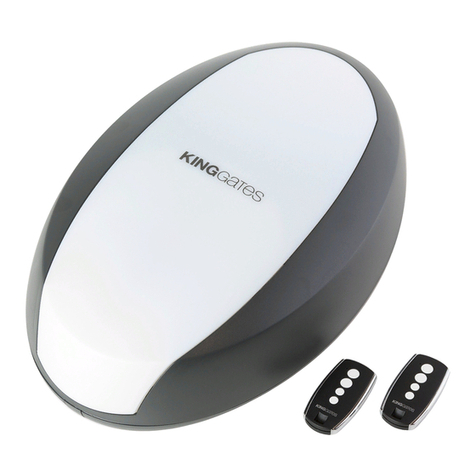
King gates
King gates ROLLS Technical specifications
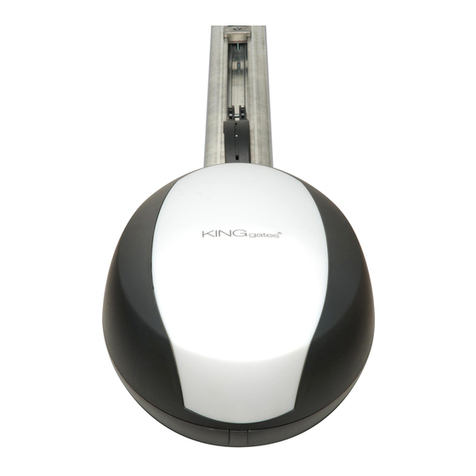
King gates
King gates Rolls 700 User manual
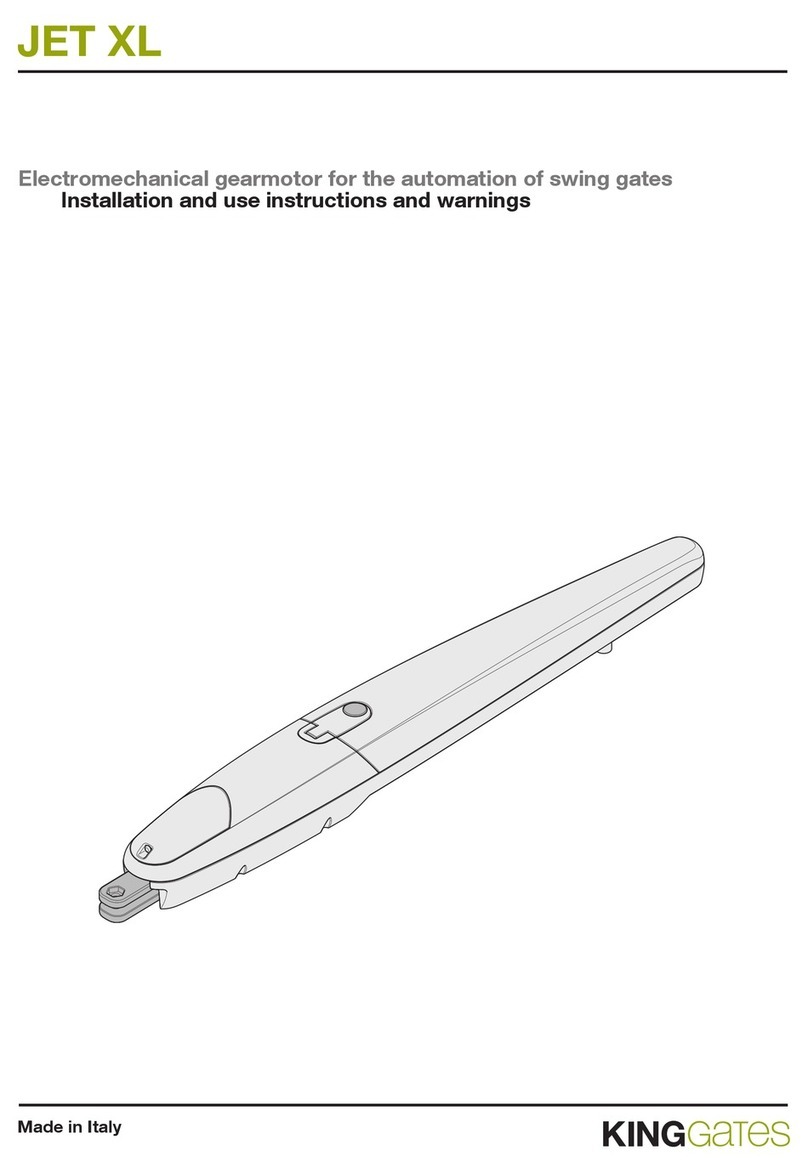
King gates
King gates JET XL Series Product manual
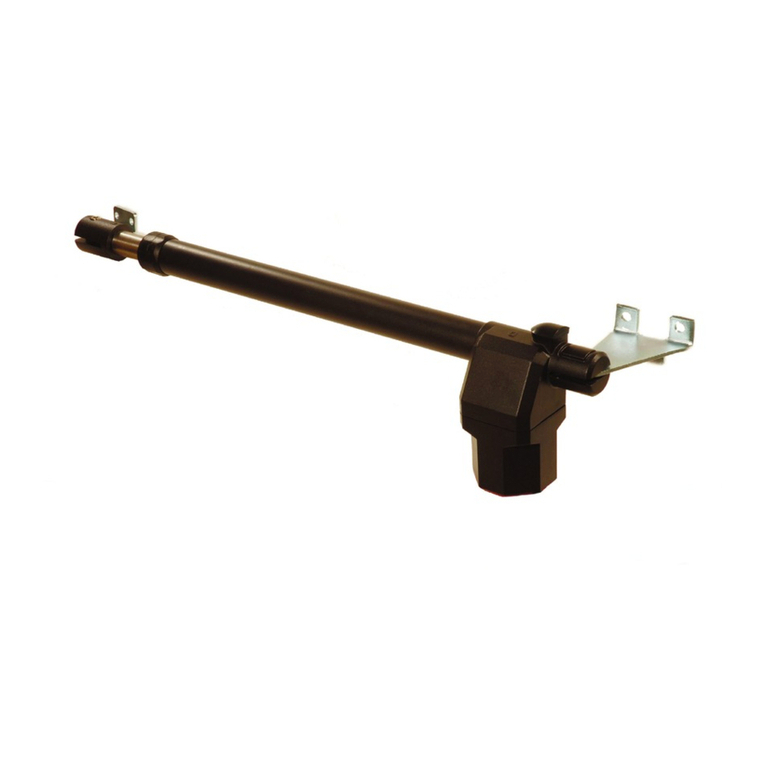
King gates
King gates LINEAR User manual
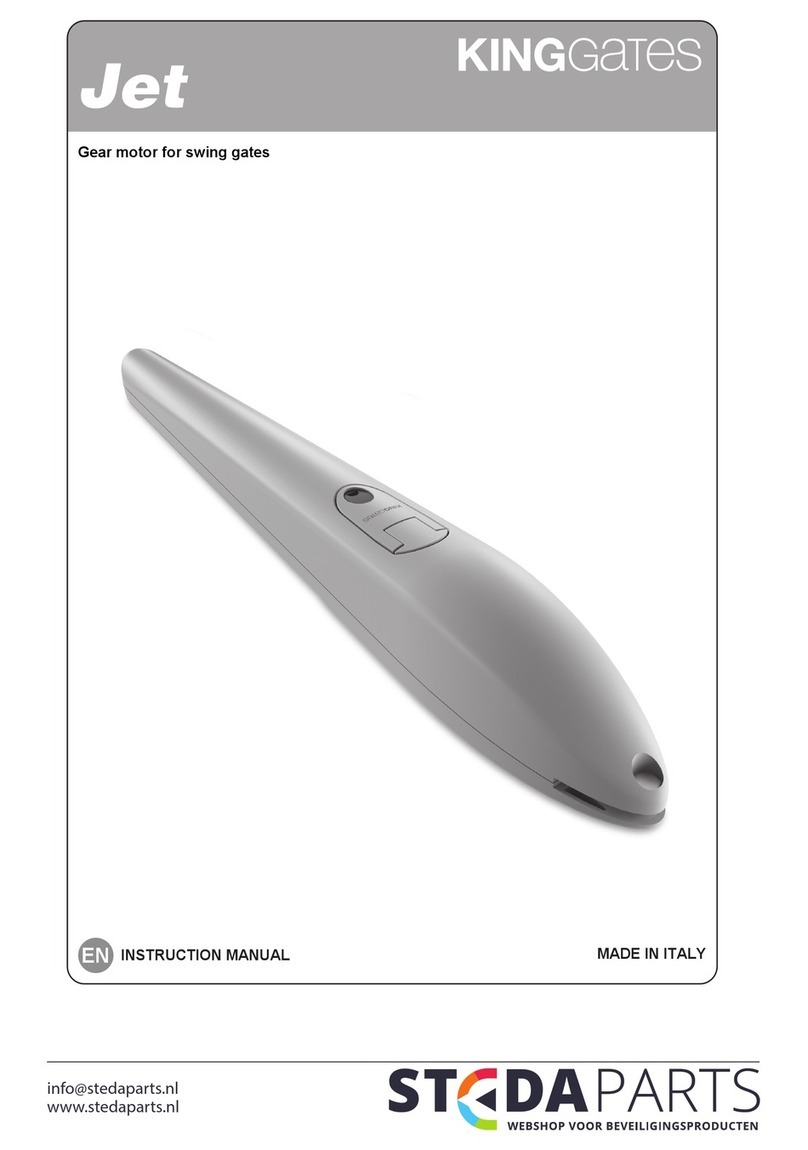
King gates
King gates Jet Series User manual
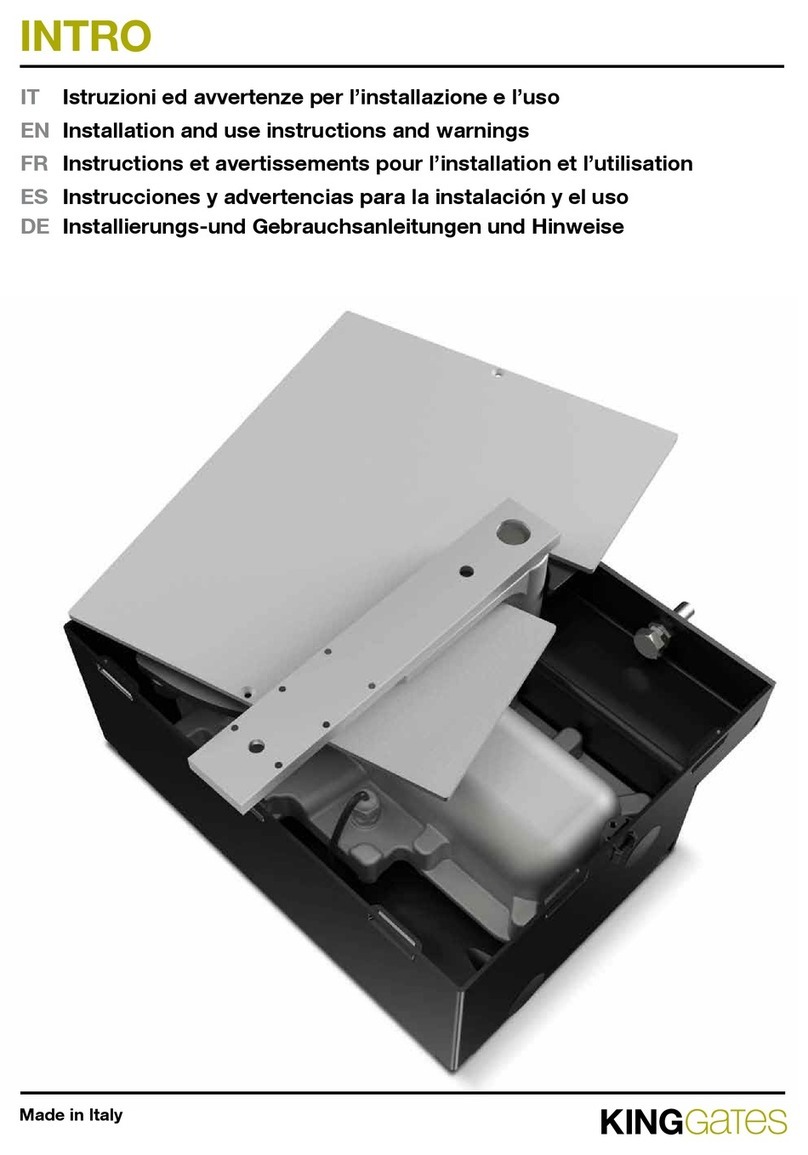
King gates
King gates INTRO Product manual
Popular Garage Door Opener manuals by other brands

ATA
ATA GDO-6 EasyRoller instruction manual

CAME
CAME F4000 Series installation manual

Garaga
Garaga SECURITY+ 3265GCM 1HP owner's manual

Chamberlain
Chamberlain Whisper Drive SECURITY+ WD822K Series owner's manual

Chase Doors
Chase Doors DuraShield installation manual

CSI
CSI Classic installation instructions

Chamberlain
Chamberlain Elite 3575S owner's manual

Richmond
Richmond GTR156 user manual

B&D
B&D Controll-A-Door 5 instruction manual

Chamberlain
Chamberlain MyQ 940ESTD owner's manual

Automatic Technology
Automatic Technology GDO-9V1 SecuraLift installation instructions

Westfalia
Westfalia 19 36 07 instruction manual

Chamberlain
Chamberlain HD520EVP manual

Cardin
Cardin BL Series instruction manual

Chamberlain
Chamberlain 8355 - 1/2 hp installation instructions

Bauer
Bauer CROSS18 Application. Installation and Maintenance Manual

Dorma
Dorma ES 90 manual

Wayne-Dalton
Wayne-Dalton 8124 Installation instructions and owner's manual









